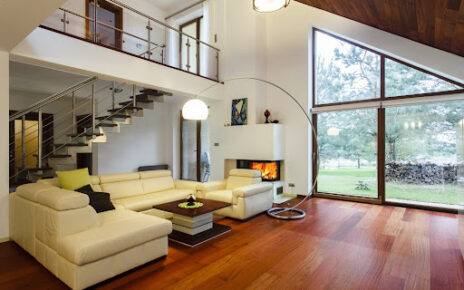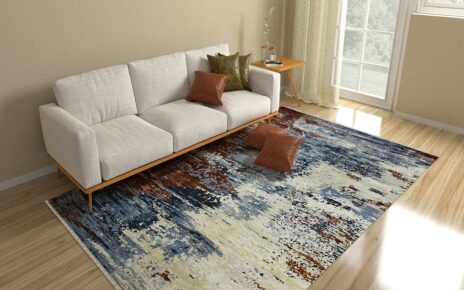The market demand for Luxury Vinyl Plank (LVP) flooring continues to grow strongly as homeowners and businesses select it as their preferred flooring solution. The combination of visual attractiveness, lasting quality, and straightforward upkeep attributes LVP flooring as a smart replacement for classic flooring choices like hardwood, tile, and carpet. This guide covers the essential factors to consider while acquiring LVP flooring so you can select the option that best matches your requirements and personal style.
You must decide whether to work with professionals when purchasing LVP flooring for your space in St. Petersburg. Davana Flooring Contractor St. Petersburg operates as a full-service flooring provider that delivers consultation alongside supply services and expert installation of LVP floors along with other flooring types. A knowledgeable professional can handle your new floor installation to provide the best outcome and durability. Their experience enables them to recommend flooring products that align with your needs and suit the climate characteristics of your area.
Understanding the Layers of LVP
- Wear Layer – The top, transparent layer that protects the underlying design from stains, scratches, and wear. Ensure to use high mil ratings for high traffic and commercial use as it defines the thickness and durability of the flooring.
- Print Layer: It features a HD photo image that resembles the natural material looks like tile, stone or wood.
- Core Layer: It is the main core material, providing stability and water resistance. You get to choose from Stone Plastic Composite [SPC] known for rigidity and dent resistance. Wood Plastic Composite [WPC] offer more cushioning and sound absorption.
- Attached underlayment [optional]: Some LVP products have pre-attached underlayment, which helps to provide underfoot comfort and keep noise low. If you chose LVP without underlayment, you will need to buy and install underlayment separately.
Key Factors to Consider Before Buying
Multiple essential elements need evaluation before purchasing flooring material.
- First, verify the wear layer thickness because it needs to be 12-20 mils in areas with moderate residential traffic, but at least 20 mils are required in high-traffic residential spaces and commercial floors.
- Customers must choose between SPC and WPC core systems because SPC stands better against denting and maintains stability, yet WPC delivers enhanced comfort alongside sound reduction.
- Check how the flooring installs because Click-Lock simplifies the DIY installation process, but Glue-Down delivers more permanent results.
- You should distinguish between the water-resistant and waterproof characteristics, particularly when dealing with areas that frequently get moist.
- Examine the design aspects and appearance elements to match your room settings.
- Budget creation must include both underlayment and installation expenses if you choose to have these services.
- Check the manufacturer’s warranty, which can vary in length and coverage. A longer warranty often indicates a higher quality product.
Maintenance and Care
Maintenance of LVP flooring remains simple due to its convenient characteristics. Typically, simple vacuuming and sweeping maintenance will eliminate all dirt and debris from LVP floors. A damp mop and a gentle pH-neutral cleaner should be used to clean spills and messes. Excessive water and strong chemicals should be avoided because they threaten the wear layer’s health.
Analyzing these variables correctly allows you to choose the best LVP flooring type for your space. It will look beautiful and resist every day wear and tear effectively.





